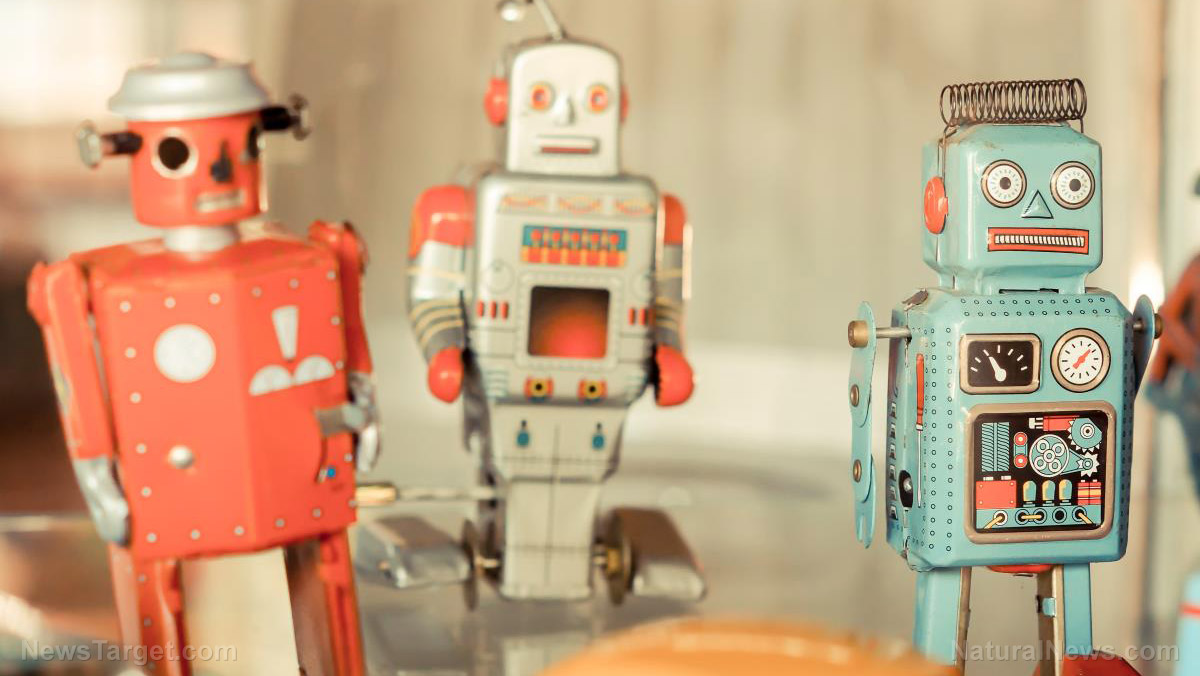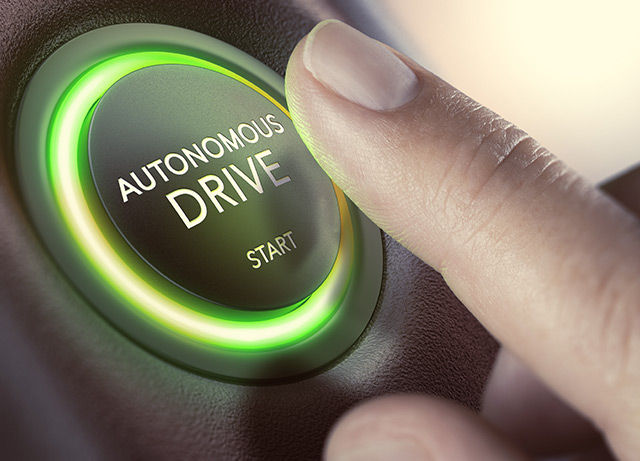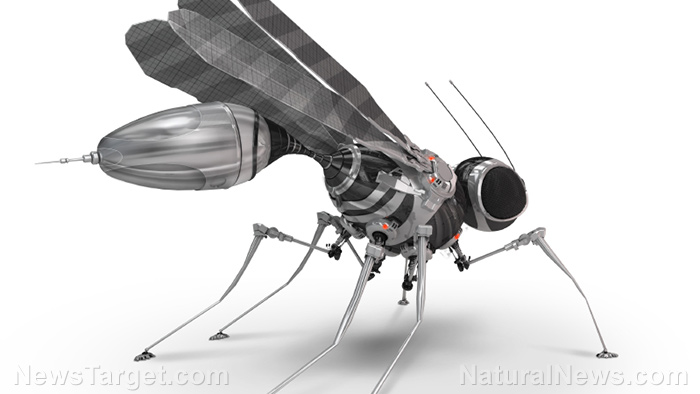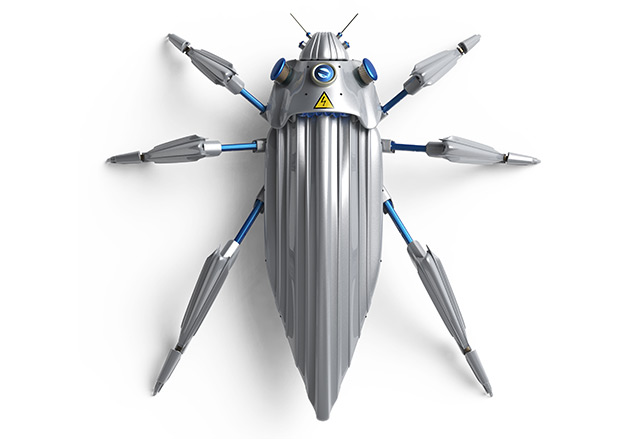A Californian researcher built what is essentially a robotic caroler. According to a NanoWerk article, the singing robot can detect people with heat sensors, approach them, and make cute noises or even break into song. Named ROVER, the singing robot is the work of Hannah Wolfe, a graduate student in the Media Arts and Technology course at UC Santa Barbara (UCSB). She is studying robot-human interactions.
“I wanted to create an interactive art installation that would make people happy,” she said. “I thought if something came up to people and sang to them that would bring joy into the space.”
Wolfe lives in the drably decorated Elings Hall at UCSB. She built ROVER out of a Roomba, a Raspberry Pi computer, and an Arduino electronics platform. The robot serves two purposes. The obvious one is to bring cheer to the residents of Elings Hall. The second one is to investigate the ways humans respond to robots.
“Whether we like it or not, we’re going to be interacting with robots. So, we need to think about how we will interact with them and how they will convey information to us,” Wolfe notes. (Related: Security robot that can spot suspicious individuals now being used at Dubai airport.)
ROVER makes friendly noises at humans from polite distance
The UCSB researcher looked for beeping, chirping, and digital sounds that garnered friendly responses from humans. She programmed ROVER to emit those around people. A video camera recorded how people responded to its R2-D2 impression.
“I looked through the literature on what kind of audio qualities express different emotions in linguistics and music research,” Wolfe says.
Her research uncovered a number of surprises. Earlier studies covered sounds that elicited positive reaction from people, but there was also a lack of generative algorithms that allowed AI (artificial intelligence) to select an appropriate emotion. Furthermore, after sending ROVER out to serenade her friends and colleagues, Wolf reported that people acted more emotional to their computers rather than a caroling Roomba.
“That was definitely against my expectations,” she remarks.
While there may be a number of reasons for the generally detached reactions to ROVER, Wolfe feels proximity plays a big part.
“A computer is in our personal space — something that we touch — and having it in your personal space is potentially more threatening or exciting than something in your social space,” she theorizes.
Wolfe has programmed ROVER to maintain a polite distance from its audience. The lack of intimacy may have reduced its effect on people.
The uncanny valley
As robots become smarter and spend more time in close proximity to humans, the study of human-robot interactions grows in importance. Wolfe cites the example of Jibo, a “social robot” built by a UCSB alumna, as a prediction of the future.
“Jibo is pretty much Siri with a face that looks at you and talks. It doesn’t move around the space, but it is the beginning of social robots in the home,” she says.
One particular topic of concern is the idea of the “uncanny valley.” It refers to negative reactions experienced by people when they encounter a robot that seems human in all the wrong ways. Compare the obviously robotic but endearing C-3PO with the eerily lifelike Sophia robot.
“If something becomes too real but not quite real enough it falls into the uncanny valley,” warns Wolfe. “There’s been a lot work trying to figure out what exactly it is, where things fall into it and how you can kind of get around it using design.”
For her next study, Wolfe plans to have ROVER either seduce people or mock them, and record their reactions.
Find more stories about human-robot interactions in Robotics.news.
Sources include:
NanoWerk.com
Ieeexplore.ieee.org



















